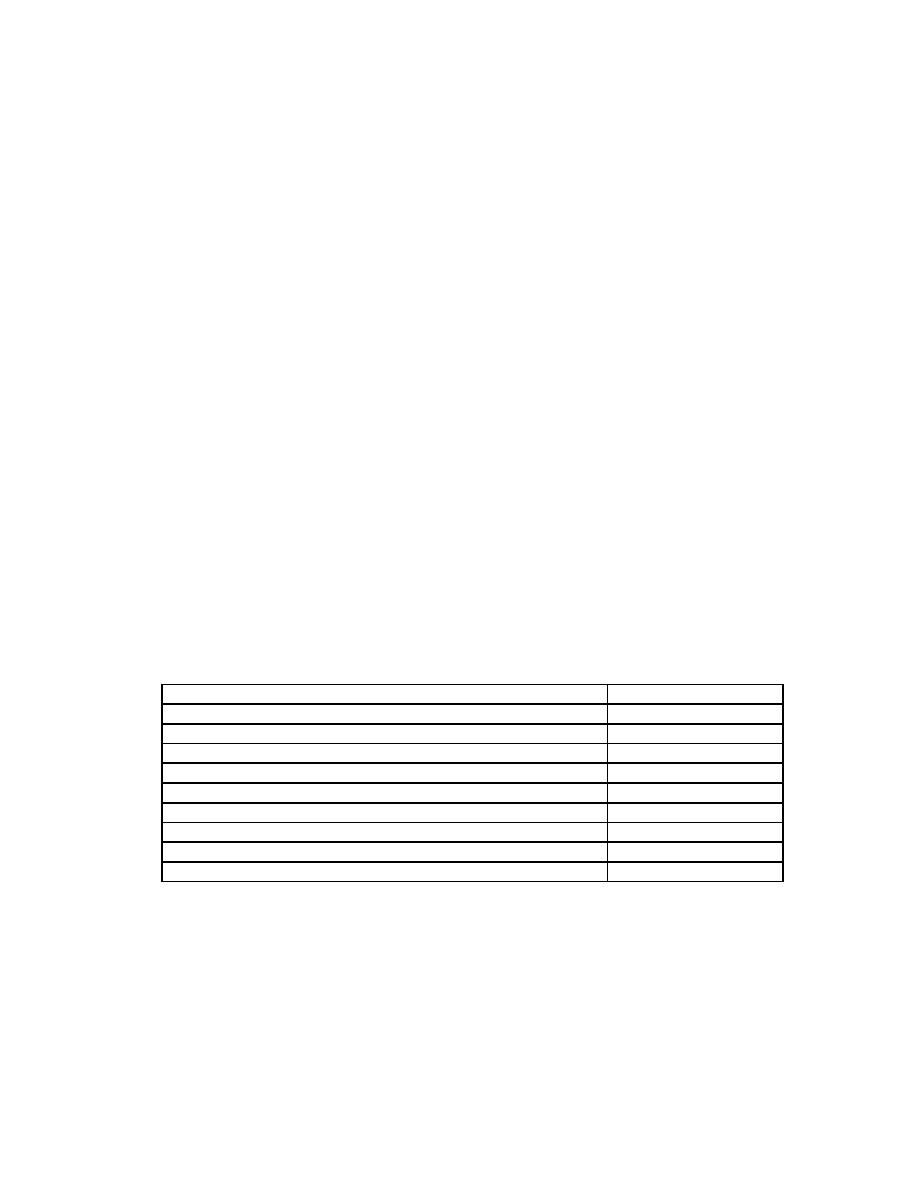
UFC 4-152-01
28 July 2005
CHAPTER 3. LOAD REQUIREMENTS
3-1
GENERAL.
Where loading conditions exist that are not specifically identified in this UFC, rely on
accepted industry standards. However, in no case will other standards supersede
the requirements provided by this UFC.
3-2
DEAD LOADS.
3-2.1
General.
The dead load consists of the weight of the entire structure, including all the
permanent attachments such as mooring hardware, light poles, utility booms, brows,
platforms, vaults, sheds, and service utility lines. A realistic assessment of all
present and future attachments should be made and included. Overestimation of
dead loads generally will not adversely affect the cost of the structure. However,
overestimation of dead loads would not be conservative for tension or uplift
controlled design. Also, for floating piers and wharves, overestimating of dead loads
would overstate draft and could have a significant effect on cost.
3-2.2
Unit Weights.
Use actual and available construction material weights for design. See Table 3-1 for
unit weights that should be used for construction materials (unless lesser unit
weights can be demonstrated by local experience):
Table 3-1 Unit Weights
Material
Unit Weight, pcf
Steel or cast steel
490 pcf
Cast iron
450 pcf
Aluminum alloys
175 pcf
Timber (untreated)
40 to 50 pcf
Timber (treated)
45 to 60 pcf
Concrete, reinforced (normal weight)
145 to 160 pcf
Concrete, reinforced (lightweight)
90 to 120 pcf
Compacted sand, earth, gravel, or ballast
150 pcf
Asphalt paving
135 to 150 pcf
3-3
VERTICAL LIVE LOADS.
3-3.1
General.
Although a number of loading conditions will be presented in subsequent sections,
the advent and subsequent heavy usage of mobile cranes on piers will generally
produce the controlling loading condition. For example, on a general purpose
51


 Previous Page
Previous Page
